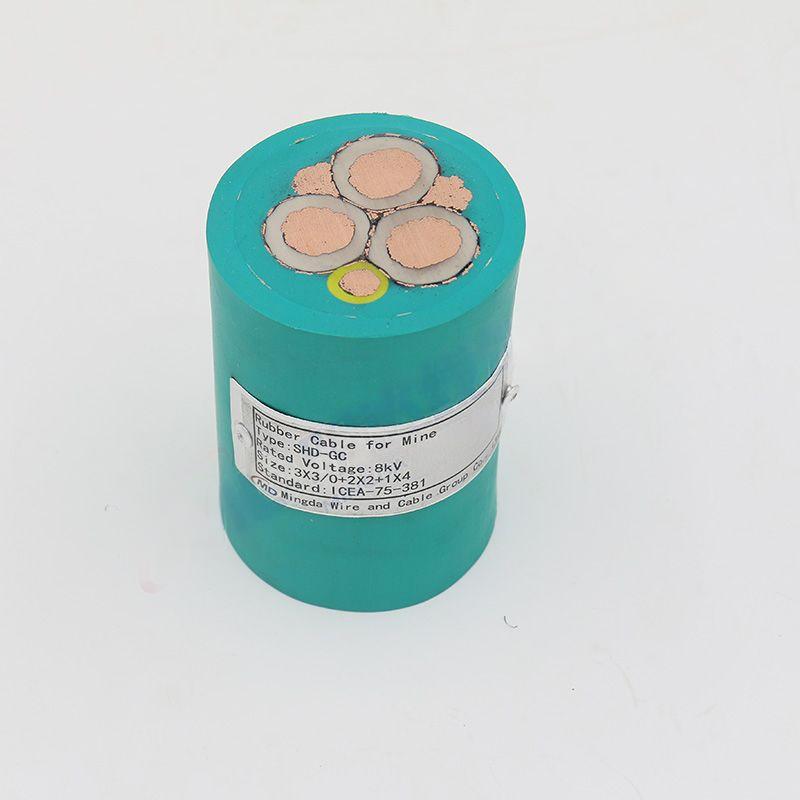9月 . 26, 2024 06:04 Back to list
single plate check valve
Understanding the Single Plate Check Valve A Comprehensive Guide
In the world of fluid dynamics, control and efficiency are paramount. One pivotal component that facilitates smooth fluid flow while preventing backflow is the check valve. Among the various types of check valves, the single plate check valve stands out for its unique design and functional advantages. This article delves into the characteristics, benefits, applications, and maintenance of single plate check valves.
What is a Single Plate Check Valve?
A single plate check valve is a type of valve that allows fluid to flow in one direction while automatically preventing any backflow. The valve consists of a flat disc, or plate, which is hinged on one side. When fluid flows in the intended direction, the plate is pushed open by the fluid pressure. However, if there is any reverse flow, the plate is forced to close, thereby blocking the backward movement of fluid. This simple yet effective mechanism ensures that systems remain pressurized and prevents potential damage from reverse flow.
Characteristics of Single Plate Check Valves
1. Design The single plate design makes this type of check valve compact and lightweight compared to traditional swing or double-plate check valves. This compactness is particularly advantageous in situations where space and weight are critical factors.
2. Material Single plate check valves are available in various materials, including stainless steel, PVC, and other alloys, making them suitable for a wide range of applications, from water treatment to chemical processing.
3. Installation These valves can be installed in various orientations—horizontal or vertical—adding to their versatility. However, it's essential to follow the manufacturer's guidelines to ensure optimal operation.
4. Low Pressure Drop The streamlined design of a single plate check valve results in a lower pressure drop across the valve compared to multi-plate designs. This efficiency can contribute to overall energy savings in fluid systems.
Benefits of Single Plate Check Valves
1. Prevention of Backflow The primary function of the single plate check valve is to prevent backflow, thereby protecting pumps, compressors, and other equipment from potential damage caused by reverse flow.
single plate check valve

3. Energy Efficiency With minimal resistance to flow, these valves help maintain the efficiency of the pumping system by reducing energy consumption.
4. Cost-Effective Due to their simple design and ease of maintenance, single plate check valves can be a more cost-effective solution over time, reducing the need for frequent replacements and extensive service.
Applications of Single Plate Check Valves
Single plate check valves find extensive use across various industries
1. Water and Wastewater Treatment They are commonly used in municipal water systems to ensure the unidirectional flow of water, protecting treatment systems from contamination.
2. Oil and Gas In oil extraction and transportation, single plate check valves prevent backflow, ensuring the safety and efficiency of operations.
3. Chemical Processing These valves are suitable for handling corrosive materials, maintaining the integrity of chemical processes by preventing backflow.
4. HVAC Systems In heating, ventilation, and air conditioning systems, they help regulate flow and prevent backflow, contributing to overall system efficiency.
Maintenance of Single Plate Check Valves
While single plate check valves are robust and require minimal maintenance, regular inspections are essential. Operators should frequently check for any signs of wear, corrosion, or build-up of debris that may impede the valve's functionality. Additionally, ensuring that the valve seats correctly prevents leaks and maintains the efficiency of the flow system.
Conclusion
In summary, the single plate check valve is a vital component in many fluid control applications, offering a blend of efficiency, reliability, and cost-effectiveness. Its straightforward design minimizes maintenance needs while maximizing performance, making it an excellent choice for various industries. As technology continues to advance, the importance of efficient and reliable fluid control solutions, like the single plate check valve, will only grow, securing its place in the future of engineering and industrial applications.
Share
-
Reliable Wafer Type Butterfly Valves for Every IndustryNewsJul.25,2025
-
Reliable Flow Control Begins with the Right Ball Check ValveNewsJul.25,2025
-
Precision Flow Control Starts with Quality ValvesNewsJul.25,2025
-
Industrial Flow Control ReliabilityNewsJul.25,2025
-
Engineered for Efficiency Gate Valves That Power Industrial PerformanceNewsJul.25,2025
-
Empowering Infrastructure Through Quality ManufacturingNewsJul.25,2025